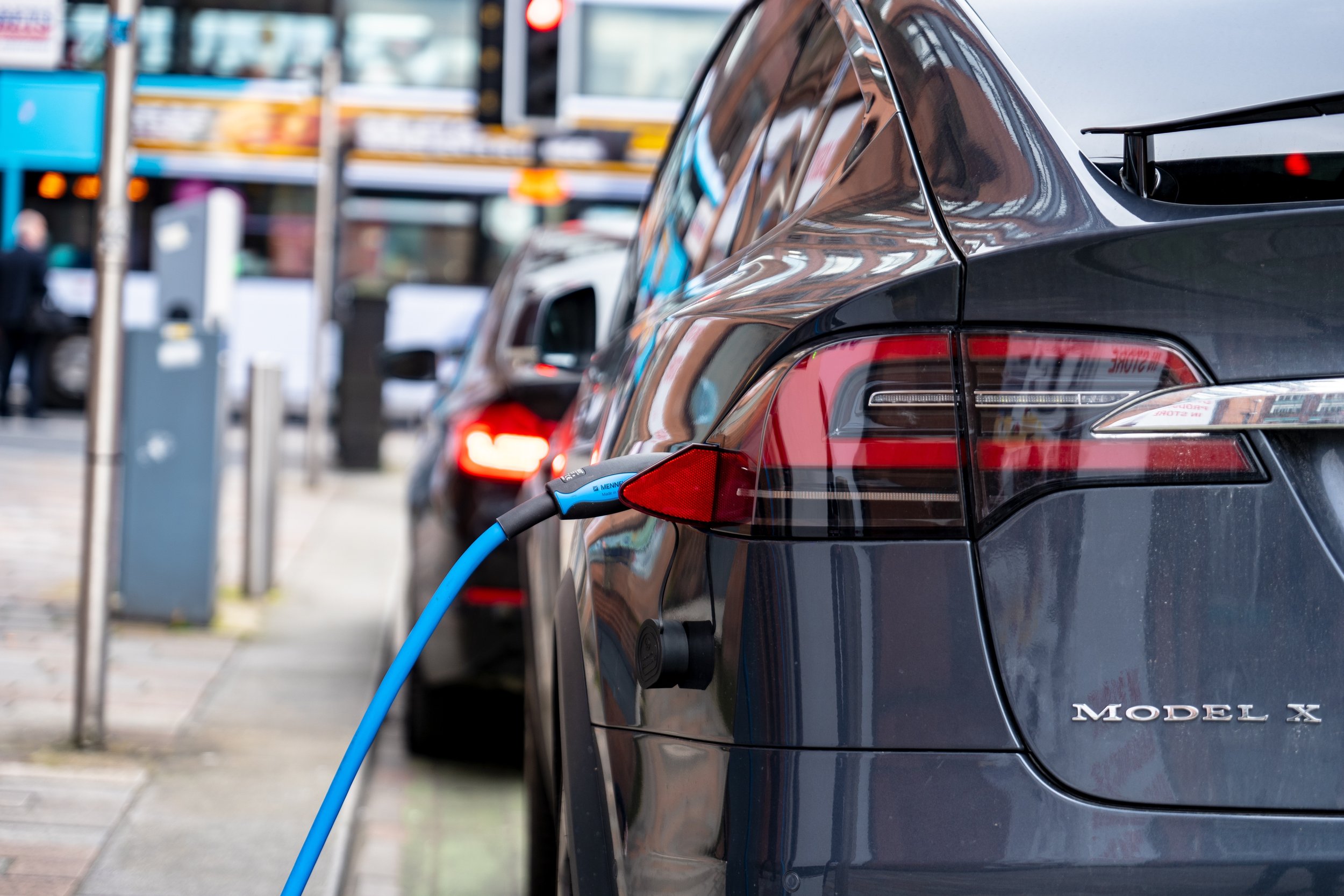The transition to electric vehicles has brought many changes to how we think about “refueling” our vehicles. Unlike traditional gas stations, EV charging stations present unique opportunities and challenges that require a different approach. This comprehensive guide will help you navigate the world of public charging with confidence and ease.
Introduction
The landscape of electric vehicle charging is rapidly evolving, with new charging stations appearing daily across cities, highways, and neighborhoods. As an EV owner, understanding how to effectively use these public charging resources is crucial for a stress-free driving experience.
Public charging stations serve as a vital backup to home charging and are essential for long-distance travel. Whether you’re on a cross-country adventure or simply need a top-up during your daily routine, knowing how to use these stations efficiently can make your EV experience much more enjoyable.
Understanding Different Types of Charging Stations
The world of EV charging can seem complex at first, but it becomes straightforward once you understand the basic types of chargers available. Let’s break down the three main charging levels and their typical use cases.
Level 1, Level 2, and DC Fast Chargers
Level 1 charging, while common for home use, is rarely found at public stations due to its slow charging speed. Level 2 charging has become the standard for public locations like shopping centers and workplaces, offering a good balance between charging speed and infrastructure costs.
DC Fast Charging represents the pinnacle of public charging technology, capable of adding hundreds of miles of range in just 30-45 minutes. These stations are strategically placed along major travel corridors and in urban centers to facilitate long-distance travel and quick charging needs.
Charging Networks and Apps
Today’s charging landscape is dominated by several major networks, each with its own app and payment system. While this might seem overwhelming at first, most networks have made significant strides in improving user experience and interoperability.
Popular networks like ChargePoint, EVgo, and Electrify America offer comprehensive mobile apps that help you locate stations, check availability, and pay for charging sessions. Tesla’s Supercharger network, while primarily for Tesla vehicles, sets the standard for reliability and ease of use.
Preparing for Your Charging Session
Success with public charging often comes down to preparation. Taking a few minutes to plan your charging stops can save hours of frustration later.
Plan Your Route
Before setting out on any significant journey, take time to map out your charging stops. Modern EV navigation systems and third-party apps can help plot routes with charging stations, but it’s wise to have a backup plan. Consider factors like:
- Distance between charging stations
- Alternative stations in case of malfunctions
- Nearby amenities for longer charging sessions
- Peak usage times at popular stations
Check Availability
Real-time station availability has become increasingly accurate, but it’s still good practice to have a backup plan. Many charging apps now offer user reviews and status updates, helping you avoid stations with known issues or heavy usage periods.
Best Practices at Public Charging Stations
Arriving at a charging station prepared and knowing what to do can make your charging experience smooth and efficient. Here’s what you need to know about proper charging etiquette and procedures.
Proper Parking Etiquette
The way you park at a charging station can significantly impact other users’ ability to charge their vehicles. Always strive to position your vehicle so that the charging cable can easily reach your charging port without stretching. Leave enough space for others to access adjacent charging spots, and never park in a charging space unless you’re actively charging.
Connecting Your Vehicle
The actual process of connecting your vehicle to a public charger should be methodical and careful. Follow these steps for the best results:
- Position your vehicle close to the charger
- Initialize the charging session through the app or payment method
- Carefully remove the charging cable from the holster
- Connect to your vehicle firmly until you hear or feel it lock
- Verify that charging has begun on both the station display and your vehicle
[Continue with remaining sections in similar format, alternating between descriptive paragraphs and bullet points/numbered lists where appropriate…]
Conclusion
As the EV charging infrastructure continues to grow and evolve, staying informed about best practices and proper etiquette becomes increasingly important. Remember that you’re part of a growing community of EV drivers, and your actions at public charging stations can significantly impact others’ experiences.
By following these guidelines and maintaining awareness of both the technical and social aspects of public charging, you’ll be well-equipped to handle any charging situation that comes your way. The more you practice these skills, the more natural they’ll become, making your EV ownership experience even more enjoyable.
Remember, every successful charging session brings us one step closer to a more sustainable transportation future. Stay patient, be courteous, and happy charging!

